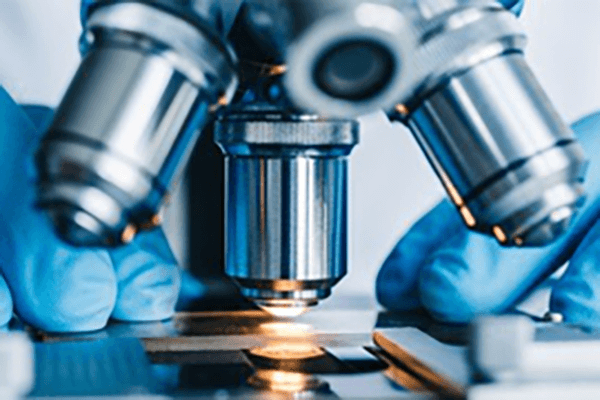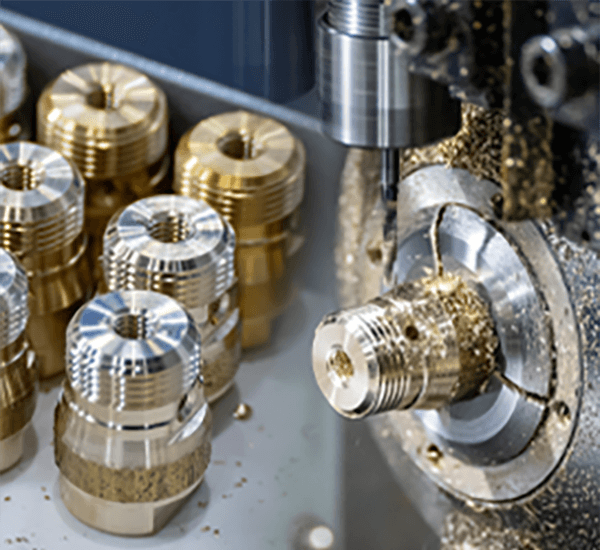
Securing exact surface quality on a machined component stands as fundamental.
- Surface finish callouts in engineering drawings provide the exact specifications for the finish of a part
- Engineers often specify Ra (average roughness) to numerically define surface irregularity
- Grasping callout meaning is essential to make parts conform to design intent
- Specified texture can change lubrication regimes, frictional forces, and endurance
- Careful reading of finish callouts enables achieving the planned outcome
Precision Principles of CNC Machining

Numerical control machining stands as an advanced production approach through G-code driven routines the hardware sculpts intricate parts accurately.
- Computer-driven machining creates reliable parts from assorted materials
- Wide-ranging CNC applications encompass medical, electronics, and transport industries
- G-code driven machining maintains reliable consistency across batches
From initial prototype stages to mass-manufacture CNC machining supports modern production workflows
Interpreting CNC Specifications
Navigating specification tables often appears formidable at first sight
However with a bit of knowledge and a systematic approach you can easily navigate these technical details
Open by noting essential values: spindle speed, feeds, accuracy, envelope, control type
Each characteristic modifies the machine’s effective performance.
For example a higher spindle speed is suitable for softer materials while a faster feed rate is essential for increased production.
Recognizing these ties supports choosing machines suited to target production
Don’t forget to review maker-supplied manuals carefully.
Maker resources usually present informative direction and demystify jargon
CNC Machinery: An Exhaustive Guide
Computer-operated machining stations are programmed units for precise automated part fabrication across materials They operate by interpreting digital instructions called G-code to control cutting tools or other actuators.
- Some types of CNC machines include milling machines lathes routers and plasma cutters
- CNC machining processes are highly versatile and can be used to work with a wide range of materials including metals plastics wood and composites
- Furthermore CNC machines allow for rapid prototyping and low-volume production runs making them valuable assets for small businesses and research centers
CNC Fundamentals and Principles
CNC machines represent a remarkable fusion of mechanical precision and sophisticated software control Programmable machines execute software-driven fabrication of straightforward components and complex constructions Essential concept transposes digital designs into manufactured reality.
- Machine-controlled machining
- Software control implementation
This process involves a series of precise movements guided by the computer program Operators play a crucial role in selecting the appropriate cutting parameters monitoring the operation and ensuring the quality of the final product.
Why Surface Finish Matters in CNC Machining
Meeting set surface quality in CNC work is significant It shapes both functional outcomes and outward appearance Workpiece material, tool settings, and secondary finishing processes determine texture.
A smooth surface finish can enhance the product's durability while a rougher finish may reduce its effectiveness Code-driven machining enables selective tooling and techniques to attain required textures.
- Including selection of alternative tool profiles |ceramic cutters|cutting velocit
 y selections to shape surface
y selections to shape surface - Moreover post-machining steps like polishing or sanding improve surface quality
Understanding parameter influences helps attain the desired surface quality.
CNC Fundamentals: Operations and Uses
Precision production uses machine control software to shape parts from different material classes They apply digital directives to fabricate detailed geometries consistently Grasping G-code, tool selection, and machine operation underpins successful manufacture
Fields benefiting from CNC include aerospace, automotive, industrial manufacturing, and electronics From precision engine parts to detailed injection molds, CNC delivers complex products
Notation for Surface Finish on Machined Parts
Appropriate surface specification is essential during CNC part production It ensures that the final product meets the requirements for function and aesthetics Callouts commonly use the roughness average (Ra) system to denote surface finish Given in microns or thousandths of an inch, the figure measures average surface peaks and valleys.
Balance smoothness needs with intended application when designating finish

Example: polished finishes often suit parts needing close tolerances and exact mating
More pronounced surface profiles help applications relying on friction or traction
Leverage precise callout notation within drawings to indicate required finish Record Ra alongside additional machining recommendations or surface treatments.
Understand that effective surface annotations are critical to production success
CNC Equipment Types and Use Cases
The world of CNC machining is vast and diverse with a wide array of machines designed to tackle various types of tasks They adopt CAD-to-CAM pipelines to steer cutting tools for precise part manufacture.
- Turning centers form shafts rods and cylindrical forms by cutting along axes
- Routers handle flat panel cutting and profiling for non-metal workpieces
- Waterjet tools cut ceramics composites and metals with no heat-affected zone
Selecting equipment relies on part complexity material properties and tolerance needs Unique machine capabilities support varied industry needs such as automotive, aerospace, and medical.
Obtaining High-Quality Surface Finish with CNC
Achieving a superior surface finish is crucial in numerous manufacturing processes and CNC machining offers an exceptional method for achieving this goal Through careful tuning of feeds speeds and tool profiles operators manage chip formation and surface generation Plus durable cutting materials and appropriate coolant control boost finish quality Through careful selection of cutting strategies and meticulous machine setup CNC machining enables the creation of components with exceptional surface quality for diverse applications.
Realizing Finish through CNC Code
Programming skills that affect finish are critical for reaching surface goals Machining parameter combos such as feed, rpm, and tool geometry set the surface characteristics Attentive parameter configuration alongside good coolant practice leads to superior surfaces.
- Also ongoing tool care and inspection support sustained finish reliability Additionally routine tool checks and upkeep maintain consistent finish quality Also ongoing tool care and inspection support sustained finish reliability
- To enhance finish consider workpiece material, roughness targets and use case
- Simulated machining supports parameter refinement to mitigate surface issues
- Plus regular inspection and maintenance of tools copyright finishing standards
